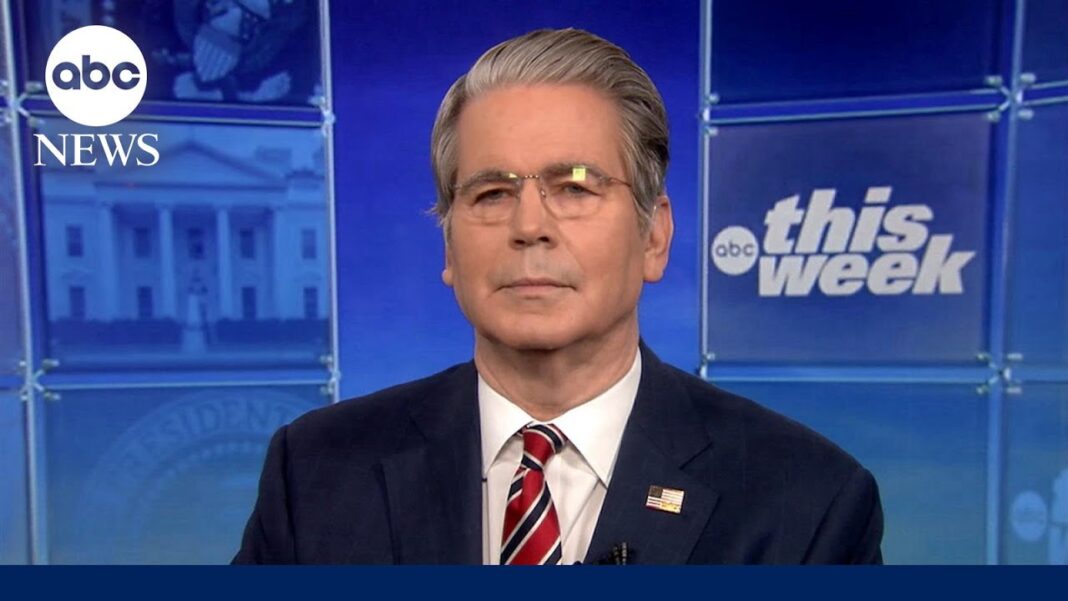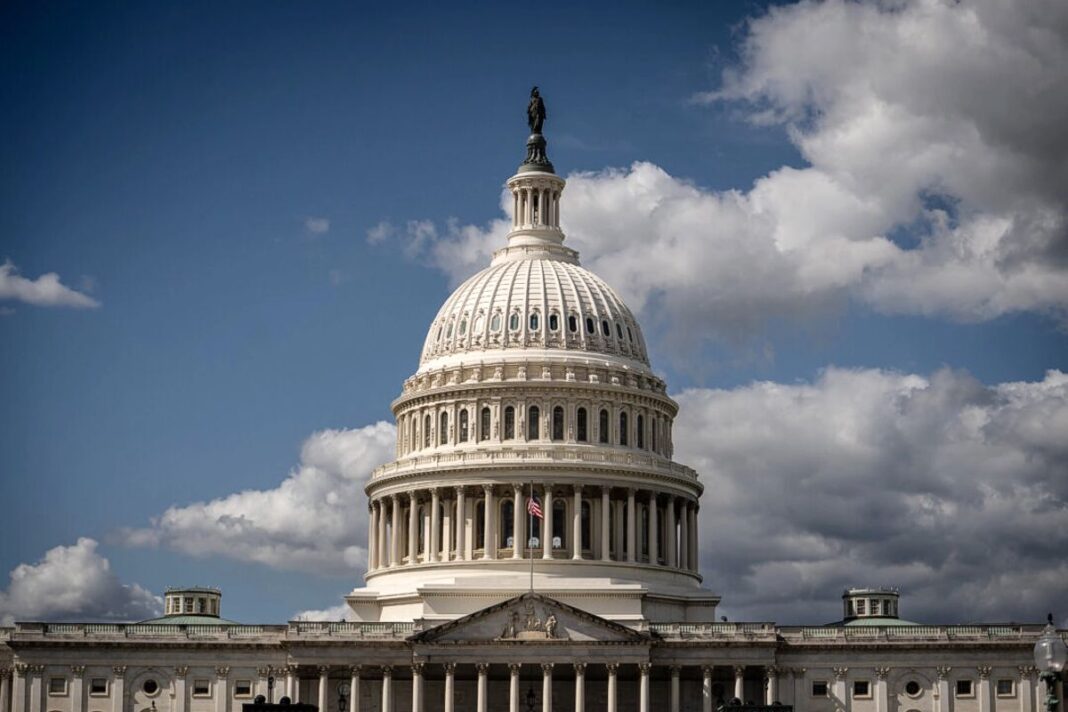‘Talking one way and acting in another—this is typical of the Chinese Communist Party,’ one expert said.
News Analysis
The long-awaited U.S.–China meeting in South Korea on Oct. 30 ended with a truce that lowered tariffs and halted a spiraling trade war between the world’s two biggest economies.
China is now buying soybeans again after a months-long hiatus. The rare-earth minerals will flow out again. And the tit-for-tat port fees are on pause.
The two national leaders both hailed the meeting as highly positive. President Donald Trump rated it a 12 out of 10. Chinese Communist Party (CCP) leader Xi Jinping called it “a new start.”
But behind the friendly banter, the question of how long the detente lasts—and whether the CCP will renege on its promises—is another matter.
“It’s a diplomatic painkiller,” Sun Kuo-hsiang, an international affairs professor at Taiwan’s Nanhua University, told The Epoch Times. “It alleviates the symptoms for the moment but leaves the root cause untouched.”
Chinese economy analyst Christopher Balding compared the situation to a “cease-fire.”
“Most cease-fires are very fragile,“ Balding, founder of New Kite Data Labs, an open-source intelligence entity that researches the Chinese economy, told The Epoch Times. ”They don’t last a long time.”
Everything Beijing has done so far, Sun said, smacks of a classic regime tactic: kicking the can down the road.
A Delay Game?
The landmark meeting on Oct. 30 was the first face-to-face encounter between Trump and Xi in more than six years.
After their talk, Trump said the two had “agreed on many things, with others, even of high importance, being very close to resolved.”
With the agreement came a rollback of threats and retaliatory measures from the preceding months. China’s reciprocal tariffs, imposed since March, will pause and its purchases of U.S. soybeans will resume. The sweeping rare-earth export controls imposed in October will stop for a year. Beijing also promised to crack down on the smuggling of fentanyl precursors in return for a 10 percent China tariff cut.
But absent from the deal are glaring issues that overshadow the bilateral relationship. Among them are the fate of Taiwan, human rights, China’s military aggression in the Indo-Pacific region, structural issues with China’s industrial policy, TikTok, and semiconductors.
“There’s a lot of issues that they just didn’t deal with,” Balding said.
Sooner or later, he said, these issues will come back and break the temporary calm.
Beijing has indicated that it will fight for core interests. Several days after coming to the deal, Chinese Ambassador Xie Feng brought up Taiwan and human rights as among Beijing’s “red lines” in a video address.
The U.S. side, he said, should “avoid crossing them and causing trouble.”
Even the existing pledges remain abstract and tentative, according to Sun. The trade deal is up for review yearly. So are China’s loosening of rare-earth restrictions and Washington’s suspension of duties on China-linked vessels. In a year, any geopolitical headwinds, from the Russia–China relationship to Taiwan Strait tensions, could cause priorities to shift, Sun said.
Adding to the uncertainties is a Supreme Court review that will test Trump’s authority to impose global tariffs. The president on Nov. 6 said he plans to develop a “game two plan” but acknowledged that the alternatives would be “slow by comparison.”
The lack of details in the agreement gives Beijing a loophole to exploit, according to Yeh Yao-yuan, chair of the International Studies Department at the University of St. Thomas.
“Talking one way and acting in another—this is typical of the Chinese Communist Party,” Yeh told The Epoch Times.
Because the U.S.–China pact is short on specific targets, he said, the regime can play the delay game and not deliver anything tangible.
By Eva Fu








